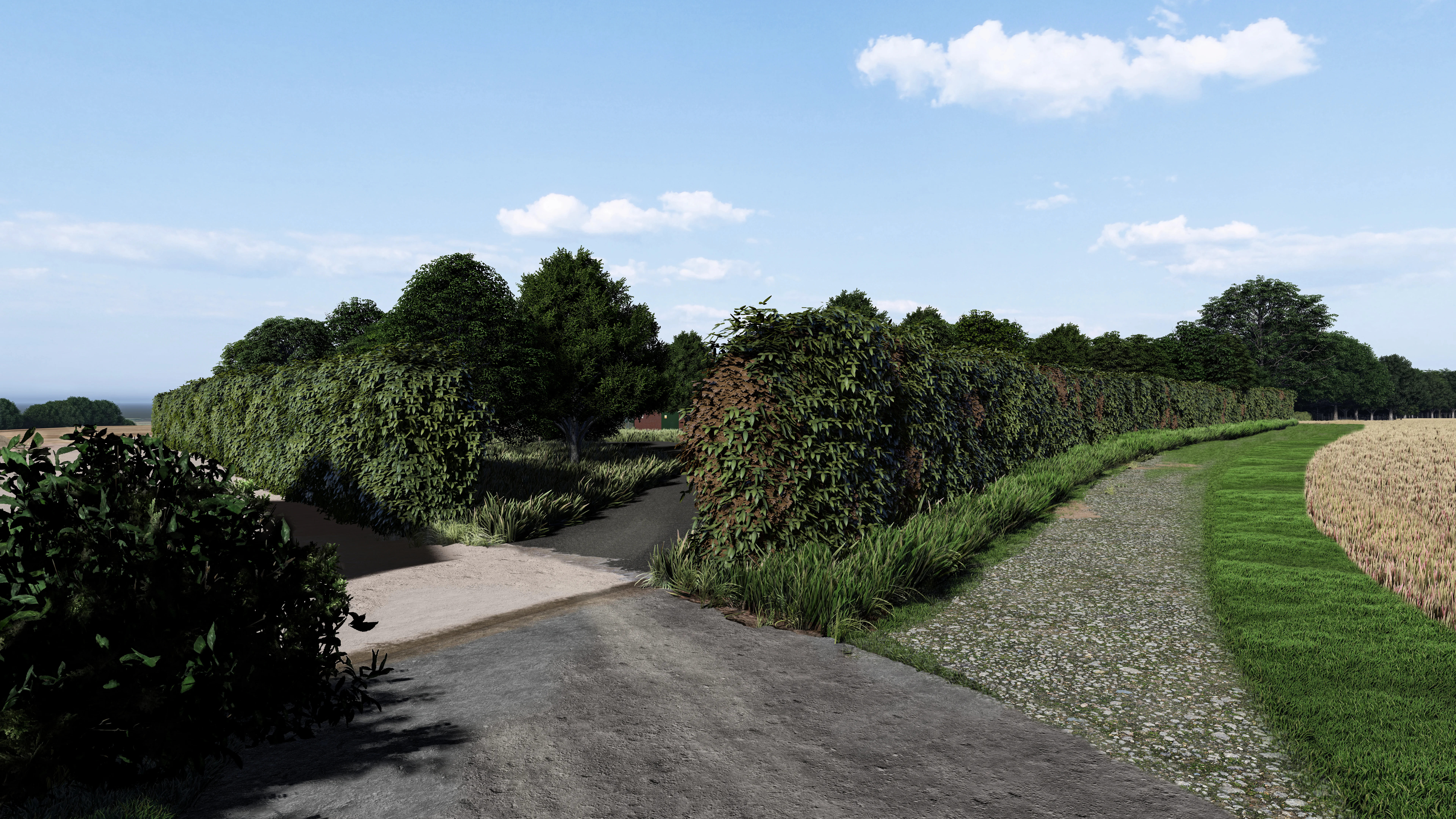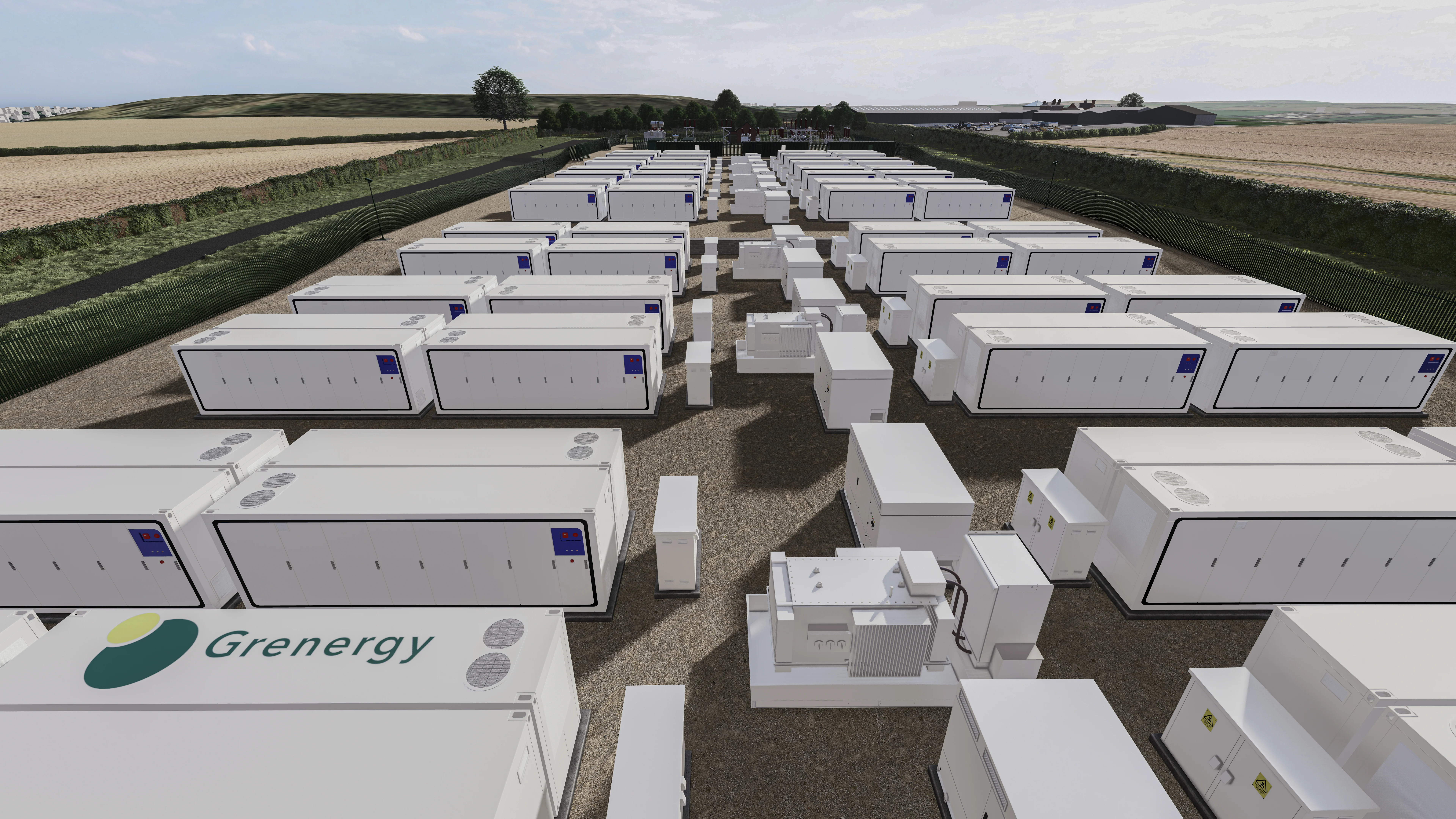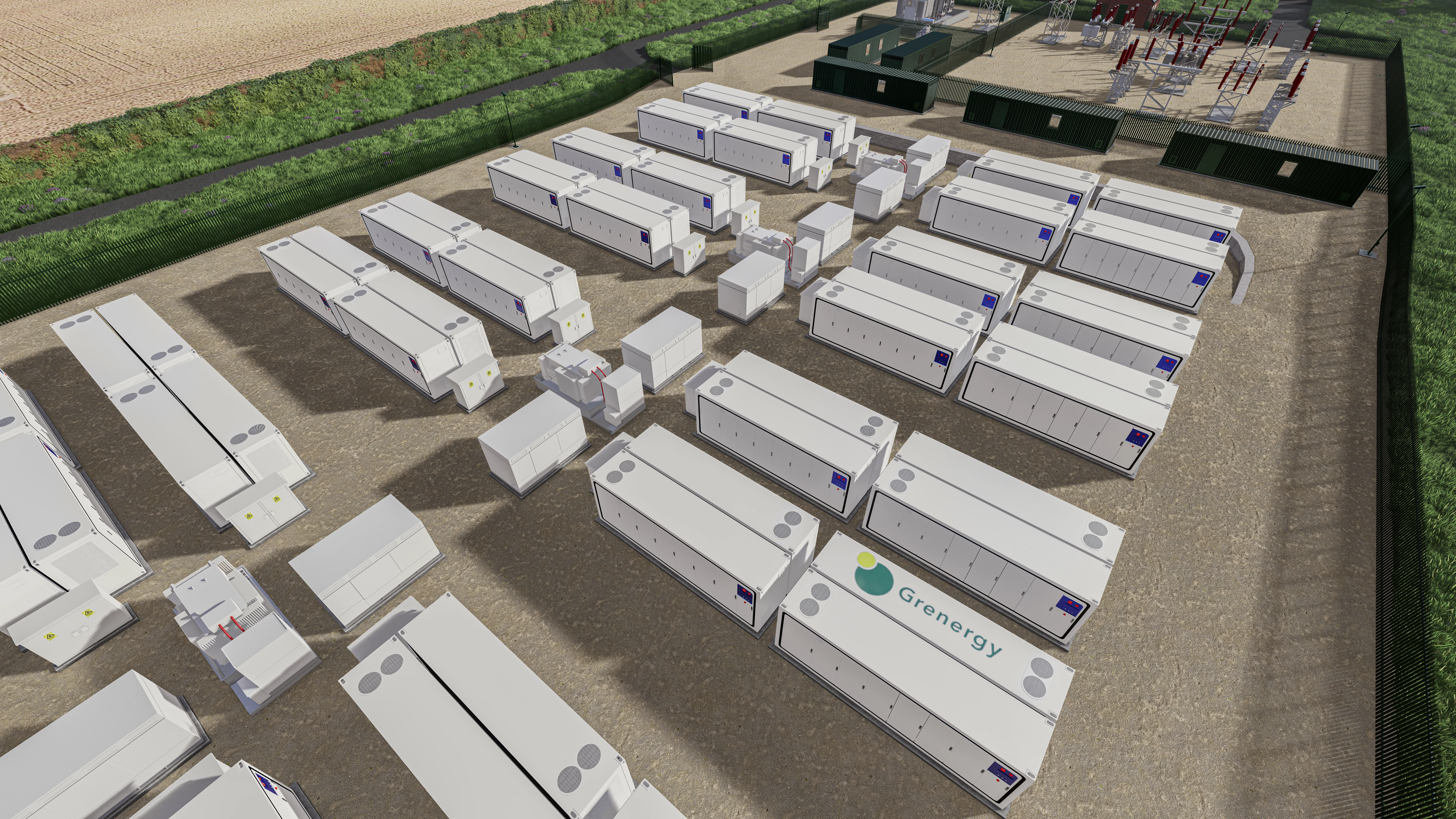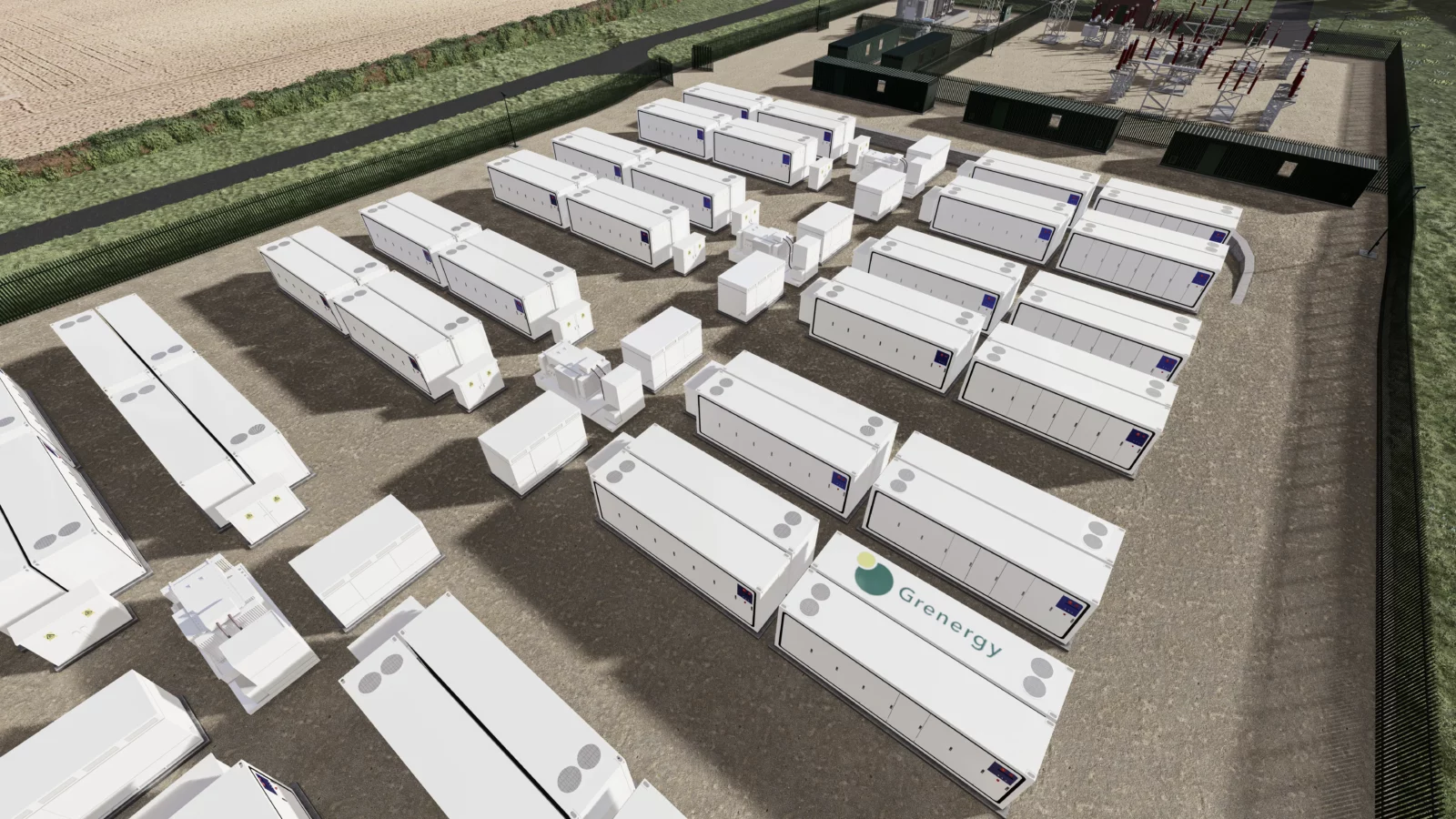
Spring Lane, United Kingdom
About the project
Grenergy Renewables UK is proposing to build a 90MW Battery Energy Storage System (BESS) site on Spring Lane, which is located north-east of Nottingham.
This project will provide crucial services to the local electricity distribution network to ensure the supply of clean and cost-effective electricity to domestic, commercial and industrial users of the electricity network. As the UK shifts towards more renewable energy sources, like solar and wind, BESS sites enable energy from renewables to be stored and then released when the power is needed most.
The UK government estimates technologies like battery storage systems, supporting the integration of more low-carbon power and reducing the carbon and cost impact of running the electricity network, could save the UK energy system up to £40 billion by 2050 (National Grid), ultimately reducing people’s energy bills.
- Headquarters: 6th Floor 25 Farringdon Street, London, EC4A 4AB
- Email: projectsuk@grenergy.eu
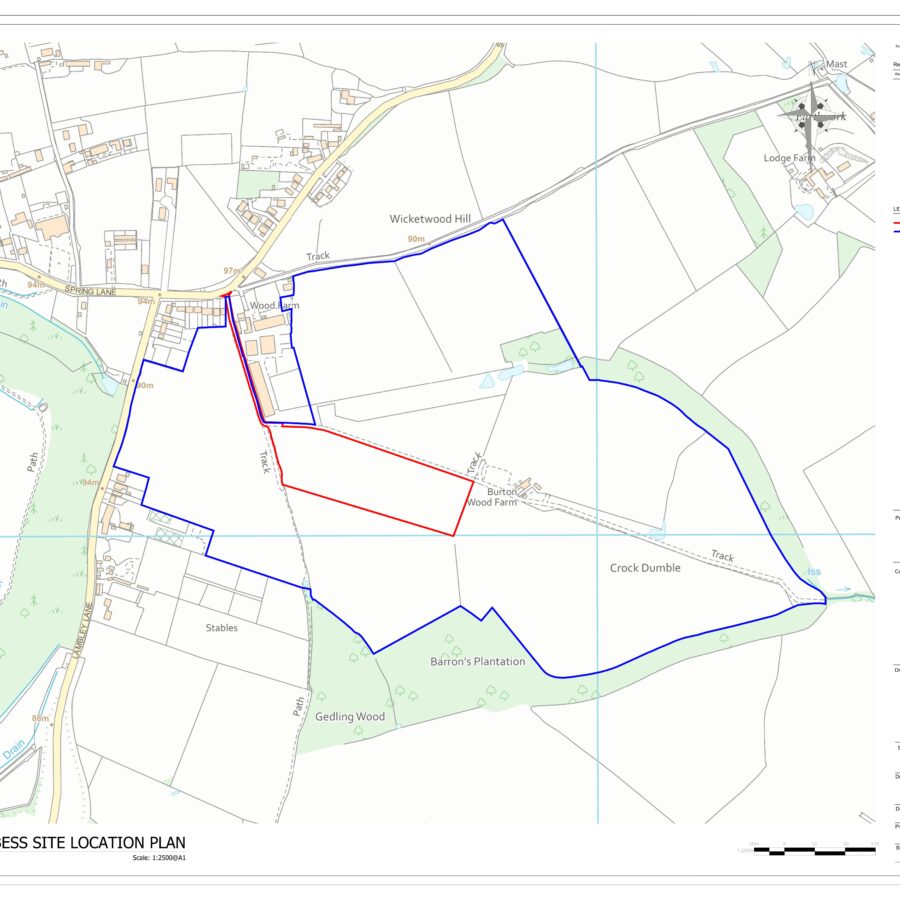
Timeline
Different projects in development, ready to build or at different stages of maturity.

Q1 2023odds
Project Secured with Grid
Capacity to connect project into the grid network secured with Distribution Network Operator
FAQs
General
BESS sites enable energy from renewables, like solar and wind, to be stored and then released when the power is needed most. Whilst the main function is to soak up surplus clean electricity and discharge it back when needed, the plant can also operate in several different modes to provide grid stability services, for example helping to manage voltage and frequency imbalances as renewable generation dips up and down. Please follow this link to find out more.
Across the UK large volumes of electricity generated by renewable generation (such as wind and solar) are lost when we cannot immediately utilise it, as we have insufficient means to store this power.
Between 2015 and 2021, the UK’s electricity system operator (ESO) curtailed, or discarded, over 13% of the total wind energy generated (REF). In 2020 and 2021, this curtailment cost the UK £806 million and wasted enough renewable electricity to power 800,000 homes, which additionally had an environmental impact, with an extra two million tonnes of CO2 emitted due to gas being used instead of wind.
Research from LCP has found that an increase of 20GWh of battery storage could reduce the amount of wasted wind power in Britain by 50% (LCP).
BESS sites are under frequent scrutiny regarding fire safety, due to the large quantities of lithium-ion batteries in a confined space. Fire mitigation is therefore at the forefront of considerations at all sites like this one. The National Fire Chiefs Council provide the following advice to all developers of BESS sites. The summary of fire safety measures are as follows:
- Engagement with local fire authority and planning authority with emergency response plans, fire water management strategies and fire safety management plans
- Separation distances or thermal barriers between all equipment, including the battery containers
- Fire detection, monitoring and prevention systems installed within all battery modules
- Sufficient ventilation (cooling fans) to maintain temperatures for all potential scenarios
- Water supply – onsite to meet the demand of the local fire authority, e.g. hydrants or water tanks
- Multiple access routes and space within compounds to ensure fire engines have access to and within the site
Grenergy have taken all advice on-board to produce a design which aligns with this guidance and is detailed in the documents submitted with the full planning application.
There will be several large vehicle movements during the construction of the project. Through careful route planning and traffic management, we will work to minimise the impact to the local community. Once the site is operational, site traffic will be reduced to roughly 1-2 vans per week. A full Construction Transport Management Plan is to be submitted with the planning application.
The batteries themselves produce very little noise, however, cooling fans are required to maintain the batteries at the correct temperature emit some noise. With any planning application a detailed noise assessment is completed to ensure the plant causes no detriment to local sound levels.
BESS sites are predominately made of shipping containers, roughly 2.5m high, and can be screened relatively easily using bunding and landscaping methods, such as trees and hedgerows. The most likely part of the site to be visible will be the electrical infrastructure from the onsite substation, which will have an appearance not uncommon with the backdrop landscape. A Landscape Visual Impact Assessment will be submitted with the full planning application to assess any visual impact.
There will be a minimum 10% biodiversity net gain, achieved through native planting, including wildflowers, hedgerow restoration and woodland installations.
Grenergy will also be looking to implement a community benefit fund, to ensure funds are available to a cause of local interest.
Once planning consent is secured and Grenergy have the green-light from National Grid to proceed with the project then typically it takes 9 months to construct a plant including civil and electrical work, then it should follow a 30 year lifespan before a decommissioning period of around 6 months.
